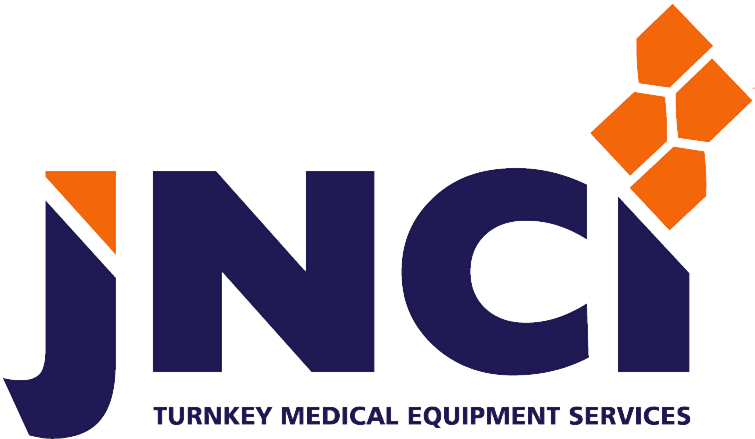News

Public Access Defibrillation
FRED PA-1 AED
Unlike heart attacks, which are caused by a blockage in an artery to the heart, sudden cardiac arrest (SCA) is caused when the heart’s electrical system malfunctions. This produces abnormal heart rhythms (called arrhythmias) that make the heart unable to pump blood. If cardiac arrest does occur, rapid treatment with a medical device called an automated external defibrillator, or “AED” for short, can be life-saving.
An AED is a type of computerized defibrillator that automatically analyzes the heart rhythm in people who are experiencing cardiac arrest—and when appropriate, delivers an electrical shock to the heart to restore its normal rhythm
There are over 326.000 cases of out-of-hospital sudden cardiac arrest (SCA) in the United States each year with 90% of these patients dying.
Survey in Nigeria has shown that AEDs are scarcely available at public areas like Gyms, Hotels, Airports, schools, offices etc. Your guess is as good as mine as you may rarely find a public place that has an AED installed for emergency situations.
In the office, gym or at school, the best chance an SCA victim has of survival is with a public access AED. According to the American Heart Association, early defibrillation combined with CPR more than doubles a victim’s chance of survival. Defibrillation is a time-sensitive issue, the probability of survival decreases by 7% to 10% for every minute that a victim stays in a life-threatening arrhythmia. When every minute is critical, early access to an AED can be the difference between life and death
Reasons why you need an AED:
- Onsite AEDs save precious treatment time, and can improve survival odds because they can be used before emergency medical service (EMS) personnel arrive.
- A heart rhythm in ventricular fibrillation may only be restored to normal by an electric shock.
- The AED is compact, lightweight, portable, battery operated, safe, and easy to use.
- Modern AEDs won't allow you to shock a victim that has a heartbeat, reducing the risk of doing more harm and reasons for people not to step in and help.
- These devices have a proven track record of helping to save lives in public places as well as in the workplace.
- Placing automated external defibrillators (AEDs) in the workplace, along with providing a proper management system and training for employees on how to use the devices, can mean the difference between life and death.
- Of the sudden cardiac arrest deaths that occur each year, more than 95 percent of the victims die before they reach the hospital.
- When care is provided within five to seven minutes, including early treatment with an AED, survival rates can improve dramatically.
- Using a defibrillator on an individual in cardiac arrest increases his survival rate by 60 percent, according to Occupational Safety and Health Administration.
Imagine if one company could supply your organization with all the tools necessary to save a life in a SCA event; providing not just AED sales and comprehensive training but as well as a complete maintenance strategy. The goal is to make sure your organization is properly prepared in the event of sudden cardiac arrest.
Contact JNC International for a total AED solution and support for your facility.
